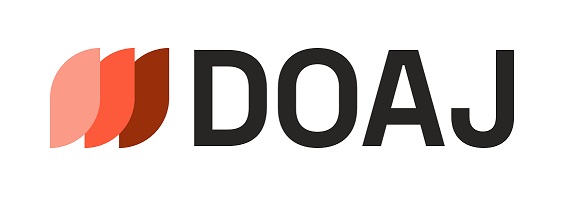“Compensating for War Losses and Closing Gaps in the Collection”.
The Acquisitions on the Art Market for the Mesoamerican collection at the Ethnological Museum in Berlin 1969-2008
DOI:
https://doi.org/10.23690/jams.v7i1.148Abstract
Taking the important and extensive Mesoamerican collection of the Ethnologisches Museum (Ethnological Museum) in Berlin as an example, the following article explores the background and motivation for purchases of collections on the art market in the twentieth century. Among the entire holdings of the ethnological museum in Berlin (EM) – founded in 1873 as the Königliches Museum für Völkerkunde (Royal Museum for Ethnology) – almost 200,000 objects from pre-Columbian America account for nearly two thirds. Accordingly, the collection’s provenance is heterogeneous. Until World War II, they were mostly the result of collecting trips, expeditions and field research organized by the museum itself. More recently, a group of objects considered to be problematic from today’s perspective was purchased from the art trade, with provenance histories in Mexico and Central America that are no longer traceable. Following the significant losses sustained in two world wars, the museum pursued a new acquisition policy. Closing gaps through the international art trade and, as we now know, also from dubious illegal sources was commonplace, for example in the Berlin Museum für Asiatische Kunst and the Antikensammlung.
Published
How to Cite
Issue
Section
License
Copyright (c) 2023 Viola Koenig

This work is licensed under a Creative Commons Attribution-NonCommercial 4.0 International License.
Except where otherwise noted, the Journal for Art Market Studies is licensed under the Creative Commons Attribution-Non-commercial 4.0 International license (https://creativecommons.org/licenses/by-nc/4.0/). Articles can be read and shared if attribution is given to the original source (BY) and the use is not for commercial purposes (NC).




